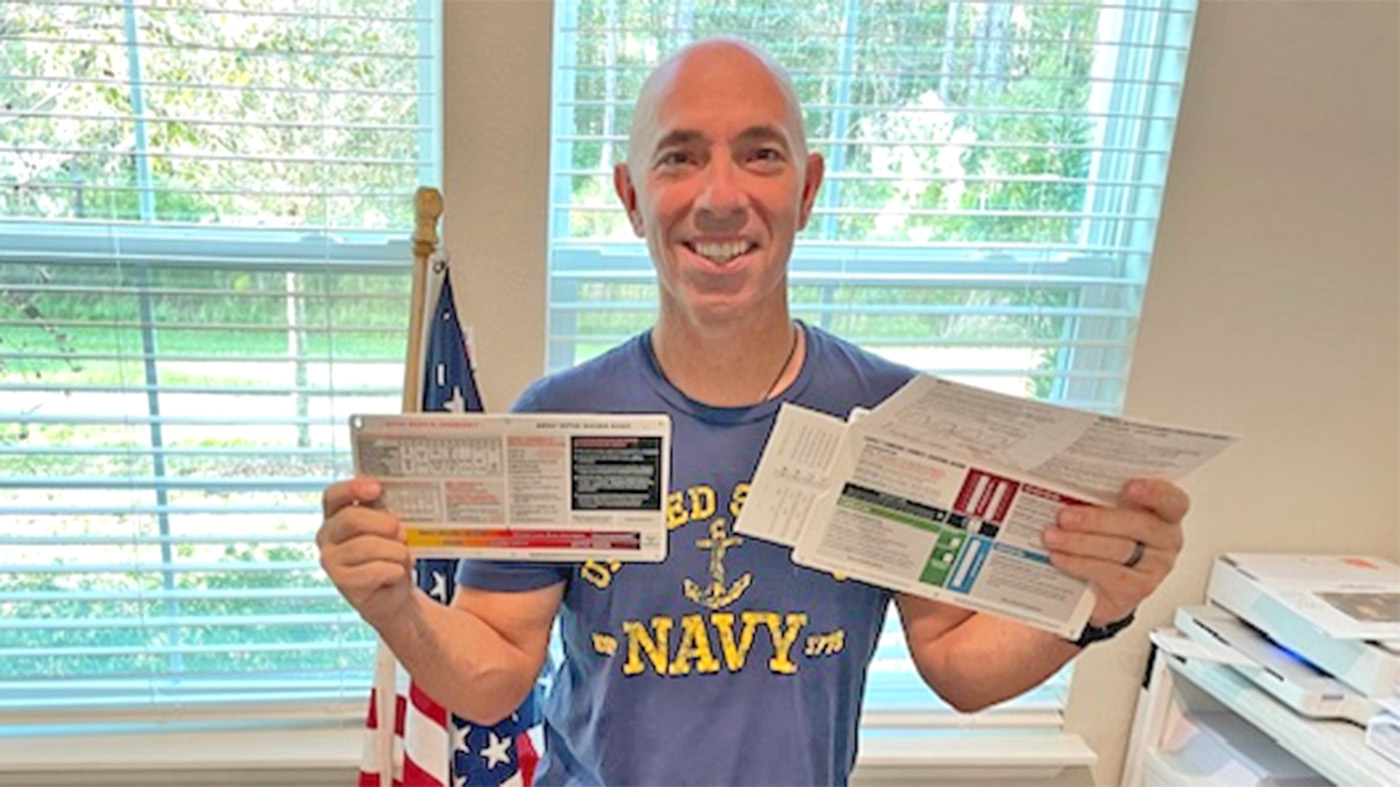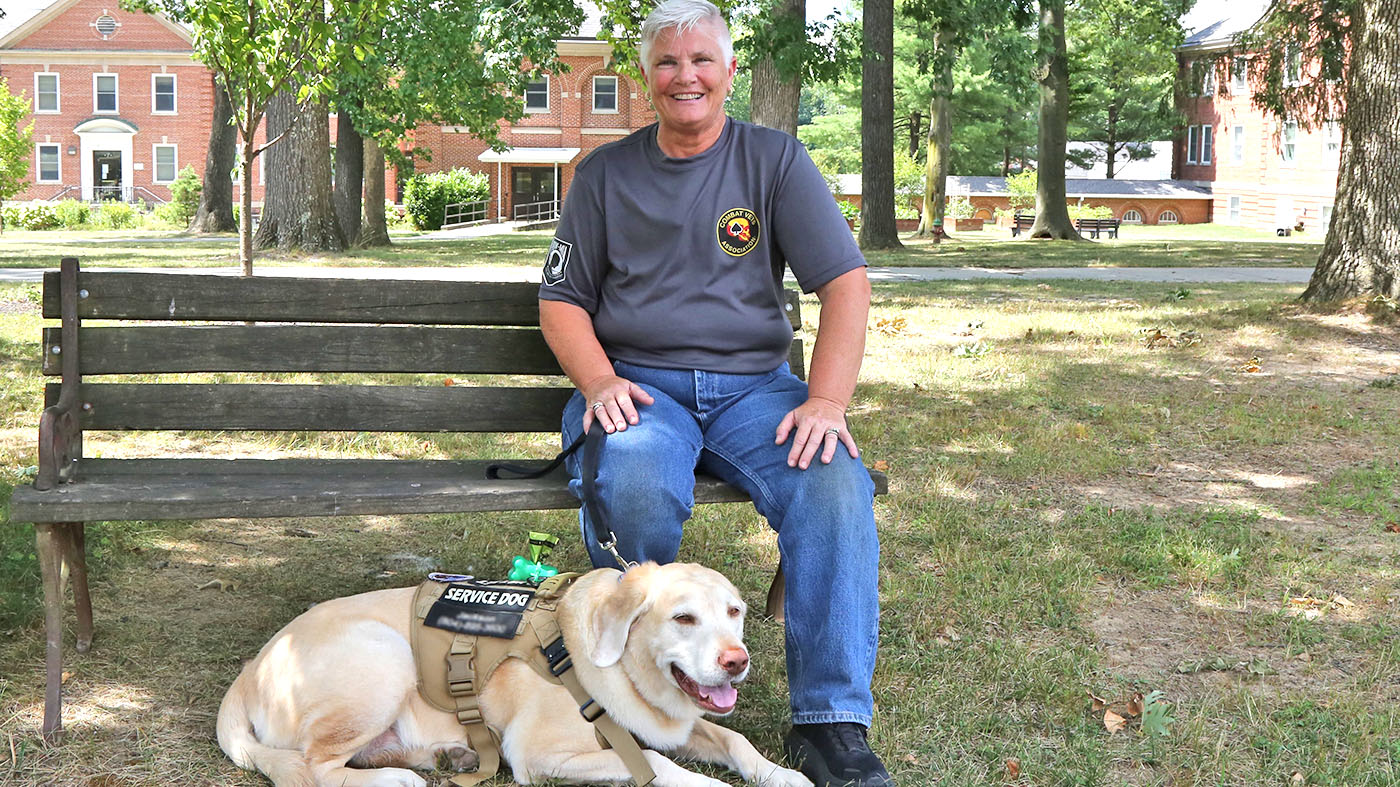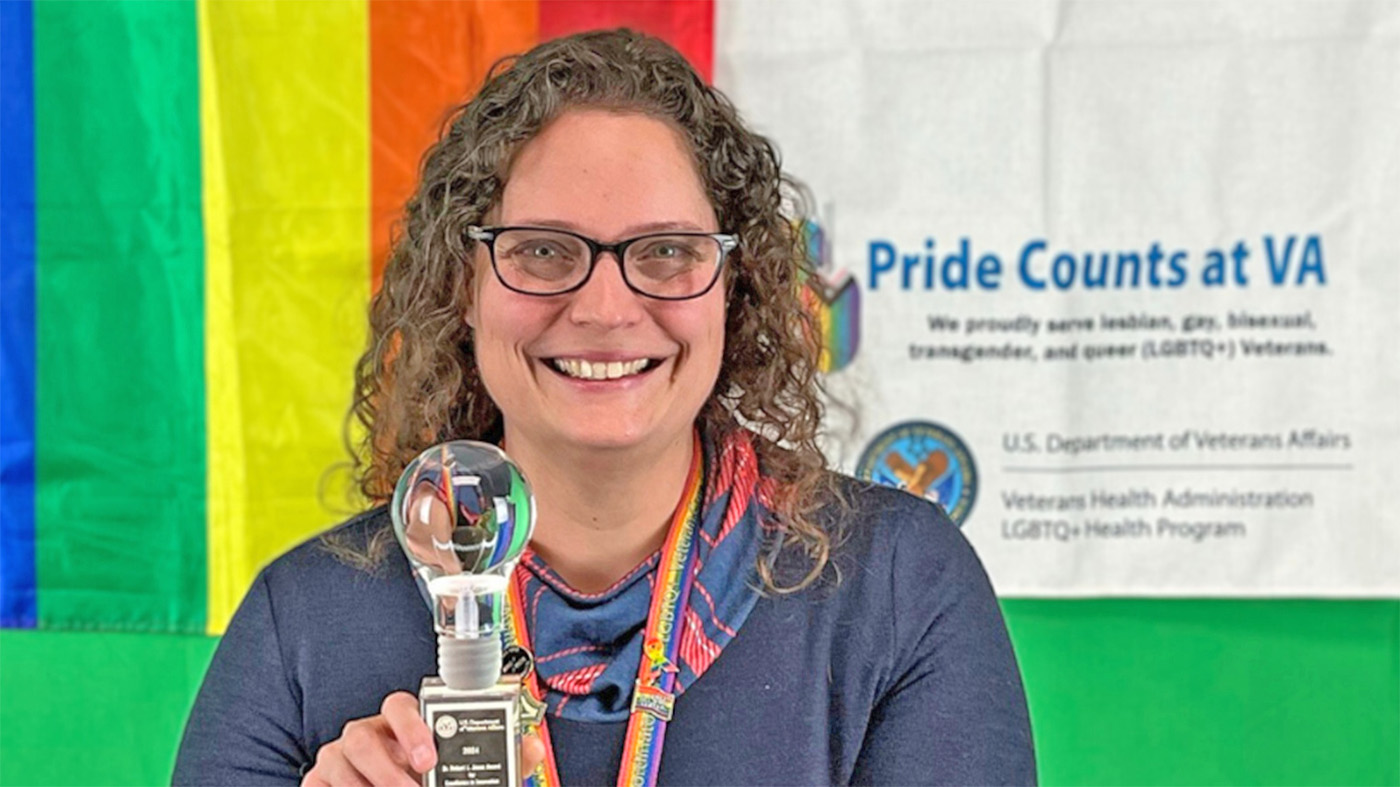Today, as part of VA’s efforts to remain transparent and hold facilities accountable, VA released its end of fiscal year 2018 (FY2018) hospital Star ratings, which evaluate and benchmark quality of care delivery at VA medical centers (VAMCs) across the nation.
“With closer monitoring and increased medical center leadership and support, we have seen solid improvements at most of our facilities,” said VA Secretary Robert Wilkie. “Even our highest performing facilities are getting better, and that is driving up our quality standards across the country.”
The Star rating designation is designed to help VA identify best practices of its top performing hospitals and share them across VA’s health care system to achieve system-wide improvements.
Compared with data from the same period a year ago, the release of VA’s Strategic Analytics for Improvement and Learning (SAIL) report shows 66 percent of VA medical centers have improved in overall quality in the third quarter — with the largest gains seen in areas where there were VA-wide improvement initiatives, such as mortality, length of stay and avoidable adverse events. Six VAMCs experienced a decrease in quality, and improvement activities are underway at each of these facilities.
Additionally, of the medical centers placed under the Strategic Action for Transformation program (StAT), an initiative that monitors high-risk medical centers and mobilizes resources to assist them, eight are no longer considered high risk and 80 percent (12 medical centers) show measurable improvements since being placed under StAT in January 2018.
“There’s no doubt that there’s still plenty of work to do, but I’m proud of our employees, who work tirelessly to move VA in the right direction for Veterans and taxpayers,” Wilkie said.
Topics in this story
More Stories
Critical care dosing guides are critical in emergency care where a clinical team’s skill and focus matter most.
Combat Veteran faces the traumatic events of her PTSD during prolonged exposure therapy and looks forward to the days to come.
Bob Jesse Award celebrates the achievements of a VA employee and a team or department that exemplifies innovative practices within VA.







First thing you need to realize, is that you can make statistics make most anything you want to say. In the VA’s case in VISN20 here’s how:
veteran’s that the Puget Sound VA doesn’t want to hear from; meaning their complaints and FOIAs are embarrassing, are simply NOT allowed to be submitted. Those that can wiggle into the last hole allowed, like the white house VA Hot Line, are simply handed over to the VA staff person the veteran is complaining about.
So in short: no serious veteran complaints allowed, the better the local VA and VISN look.
For me, this situation has been going on since the Puget Sound VA started their retaliation program against me in 2011, and it continues to get worse, not better.